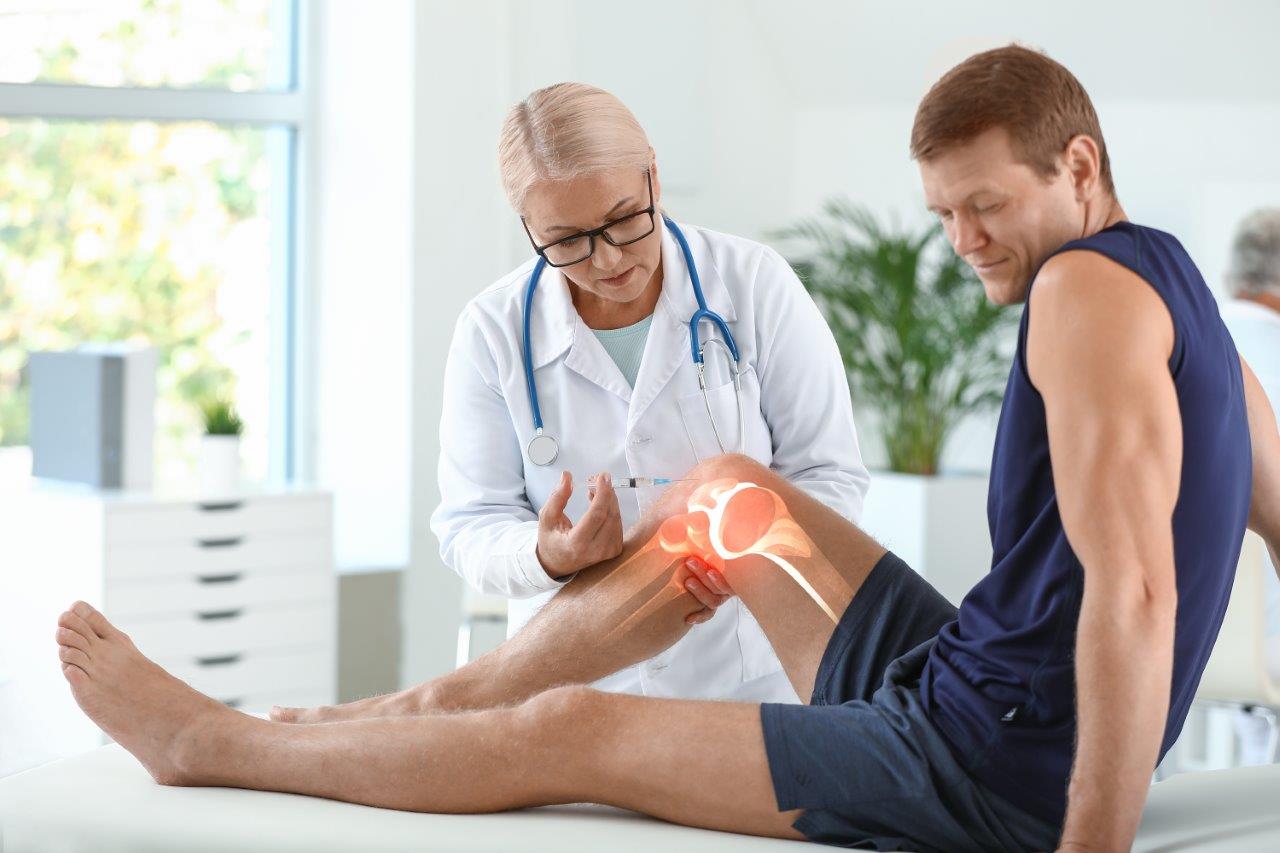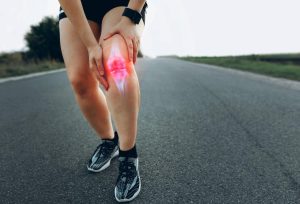

What is an intra-articular injection?
- An intra-articular injection is a type of shot that’s placed directly into a joint the treatment of inflammatory joint conditions, such as rheumatoid arthritis, psoriatic arthritis, gout, tendinitis, bursitis, Carpal Tunnel Syndrome and occasionally osteoarthritis.
- Intra-articular injections can be painful. In some cases, your healthcare provider may numb the area with a local anesthetic prior to performing the injection.
Where is an intra-articular injection given?
- Intra-articular injections are most commonly used to treat osteoarthritis in the hip or knee but they can also be given in other joints, including shoulders, wrists, ankles, hands, and fingers.
- Corticosteroids, hyaluronic acid and platelet-rich plasma (PRP) are the most common substances injected into joints for this treatment.

Risks:
- Risks include damage to a tendon, ligament or nerve, bleeding into the tissue and infection.
Home instructions after the procedure:
- Some people get increased pain and swelling in their joint immediately after having the injection. This pain tends to go away after a few days.
- You may also get some bruising where the injection was given. This should go away after a few days. It helps to rest the joint for 24 hours after the injection.
- Rest and pain-killers are recommended to relieve pain and swelling.
- Avoid strenuous activities for a couple of days including sports
- Apply ice on the injection site for comfort
- Gentle range of motion exercises are recommended
- Intra-articular steroid injection produces acute hyperglycaemia for 2 or 3 days in patients with diabetes
- If you experience severe pain, unusual swelling, Signs of Infection, bleeding immediately contact your doctor.
Related Treatments
Frequently Asked Questions
Request an appointment
Please complete the details and we will book you shortly.
Enter the Raffle Draw and Win Exciting Offers!
Never
Remind later
No thanks
